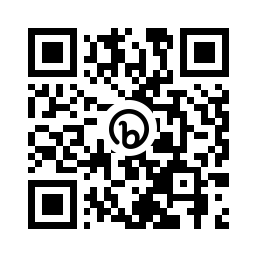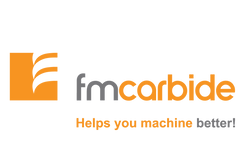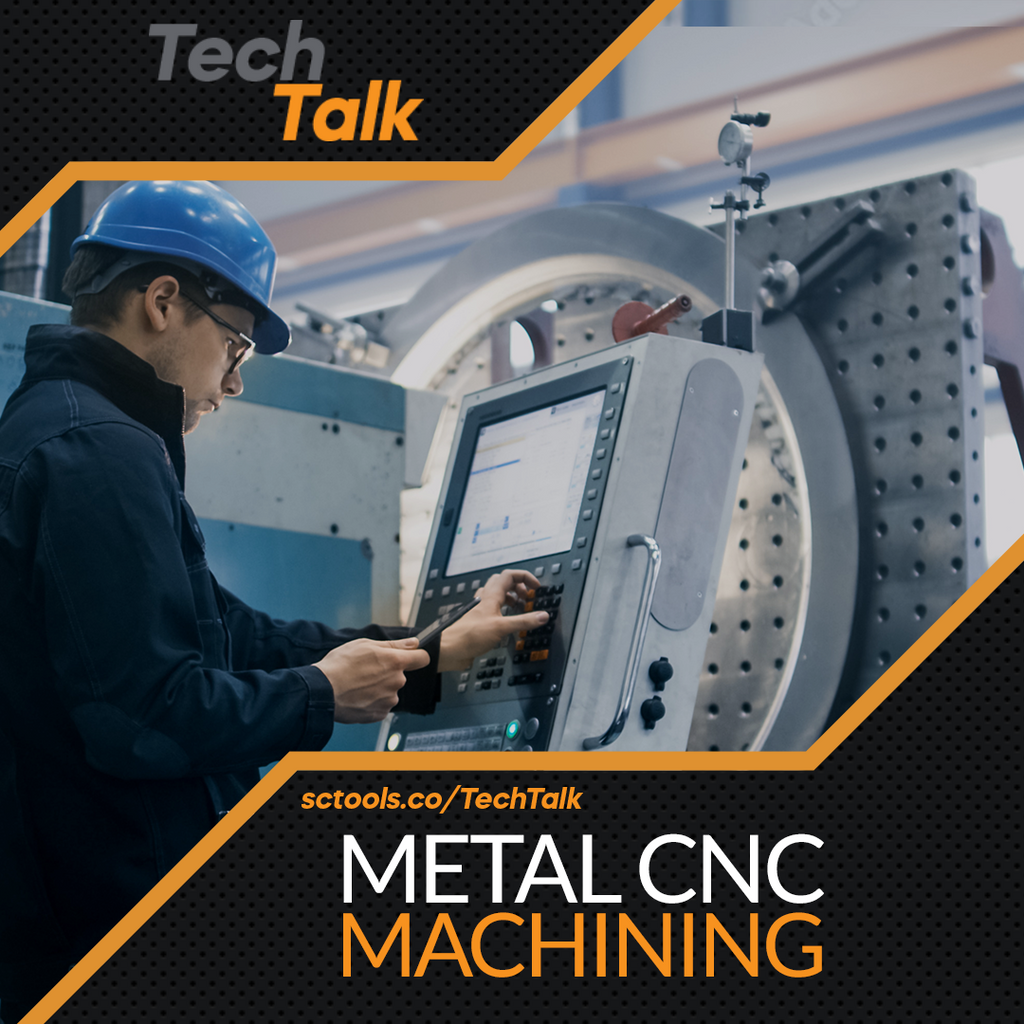What is CNC Machining?
Machining involves the controlled movement of the cutting tool. Most notably, however, is the difference in control mechanisms between traditional machining techniques and today's more sophisticated techniques.
In the late 1970s, computer-aided design (CAD) and computer-aided manufacturing (CAM) programs revolutionized manufacturing.
In the early days of machining, almost all cutting tools were controlled by hand. Machine operators adjusted their mills and lathes manually using levers or wheels, directing the cutting edge toward the right place on the workpiece.
CNC machining is the process of using a computer to control the cutters on a machine. The machine is directed to precise coordinates instead of requiring a human to move the cutting tools to different workpiece parts, enabling it to operate independently.
Professional machinists can machine materials with high precision using CNC machine technology, which is still commonly used. Patterns and tracers can also provide more precise and consistent results.
What Is the CNC Machining Procedure?
A CNC metal cutter machine is popular because it can do repetitive machining tasks much more efficiently than manual machines and produce parts in a shorter time. It is a great way to increase output and productivity in large-scale projects where automation is possible.
The CNC manufacturing process begins with creating 3D digital designs using computer-assisted design (CAD) software. A part is displayed visually; by adjusting the 3D shape, the software can simulate how it will perform outside of the computer.
A CAD design is then converted into G-Code by CAM software, which are instructions for a CNC machine. While a machine cannot see 3D designs as humans can, it can understand a series of simple instructions that, when followed, result in the creation of that 3D design.
The G-Code can instruct the machine's motors on when and where to move and how quickly using the G-Code. These motors are driven by G-Code instructions to remove material from the relevant parts of the workpiece. The finished object will resemble the original CAD design if all instructions are followed. Once completed, the part can be used as intended, refined, or duplicated.
The Advantages of CNC Machining
- Manufacturing prototypes and production items with CNC machining is a popular manufacturing technique. The reasons for this include cost, time, and mechanical advantages of CNC machining metal parts.
- Due to their ability to follow computer instructions, CNC machines are exact, even more so than the most gifted engineers. They typically have a precision of 0.02 mm or less, producing complex components with extremely tight tolerances. Moreover, they significantly reduce the risk of errors for manufacturers who place a great deal of value on error elimination.
- Producing parts with computer instructions allows you to repeat the operation without making any changes. CNC machines can produce identical parts repeatedly when they are properly maintained. Even the most skilled machinists will struggle to obtain perfect duplicates every time in manual processes.
- Machining can scale up a manufacturing process's repeatability and make it possible for companies to rapidly expand a single prototype into hundreds of thousands of copies (and across several machines, if necessary). A manufacturer can make unlimited copies of a machined part as long as its digital file is maintained safely.
- Despite the ethical concerns associated with any automated process, CNC machines can reduce manufacturing costs, mainly traditional milling. A G-Code program that has been created and delivered to the machine can, for example, be left unattended.
- However, the reduction of machining work does not imply the abolition of human labor. The machinists may instead focus on providing an impeccable finish once the product has exited the CNC machine.
- The CNC machine can work with various materials and generate complex shapes. Due to their versatility, they're used for everything from automobile parts to storage containers.
Almost all CNC machines can run 24 hours a day, seven days a week, without any downtime; with proper maintenance, they may last a long time, allowing fast, high-volume production.
Disadvantages of CNC Machining
A CNC machine can perform various functions, but it is unsuitable for all production projects due to geometric constraints and cost considerations.
A manual machine will cost much less than a CNC machine, and CNC machining metal parts will also be more expensive than manual ones. Nevertheless, the price differential is likely to narrow as CNC technology is adopted.
At SCTools, we manufacture, design, and sell precision machine tools for machining steel, cast iron, aluminum, and other materials. We help our customers to understand how best to solve their machining challenges and work with them to ensure customer satisfaction. From the initial concept to the finished product, SCTools has your back.
 |
If you have any questions about carbide cutting tools, end mills, drills, etc. be sure to reach out to us @ sctools.co/Home or call us at (877)737-0987. We help you machine better! |



Comments (0)